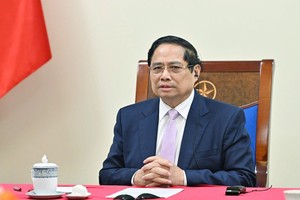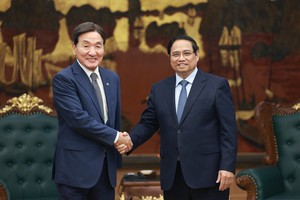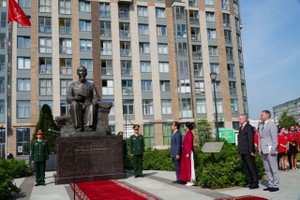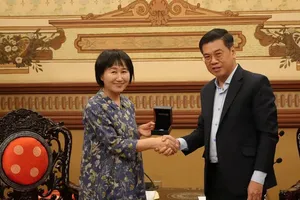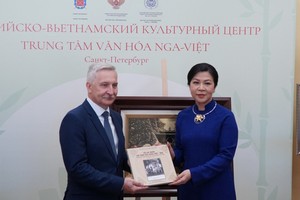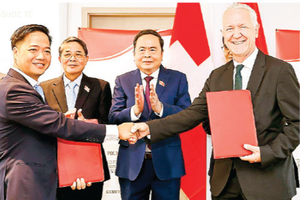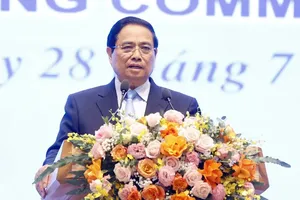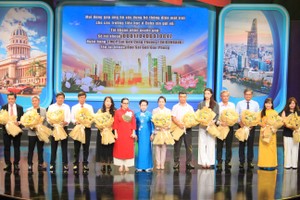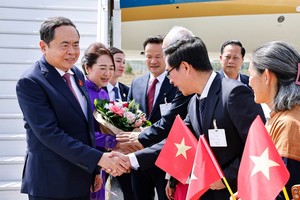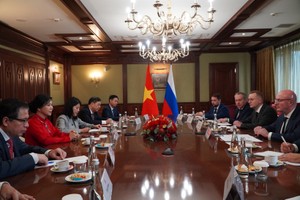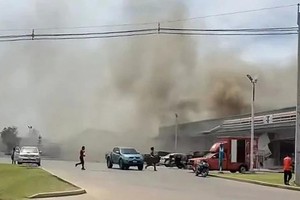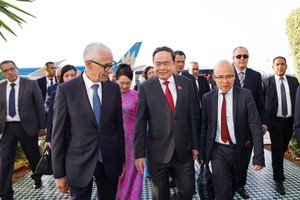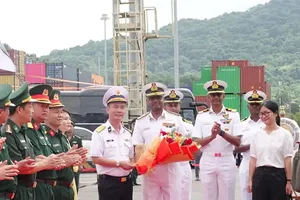MUMBAI, June 16, 2010 (AFP) - India's central bank must decide when, not if, to raise rates again to rein in double-digit inflation that is becoming an economic blot on the fast-growing nation, analysts say.
Figures released Monday showed annual inflation in double figures for the first time since October 2008, rising to a revised 11.04 percent in March and 10.16 percent last month.
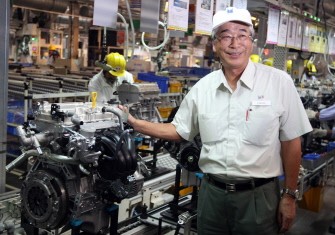
The surge through the symbolic 10-percent barrier has added to pressure on the government, which was already under attack from the opposition over the burden rising prices place on low-income families.
Economists also underline the wide-reaching danger of high inflation, which erodes all consumers' purchasing power and can lead to a destabilising spiral of ever-higher prices.
"Inflation is always a concern and will remain a concern. At some stage, monetary policy has to address the issue," the deputy governor of the central bank, K.C. Chakrabarty, said Monday.
"After examination, if the government comes to a conclusion that there is a need now, it will be done. It can happen anytime."
The nominally independent Reserve Bank of India will hold its next scheduled monetary policy meeting on July 27, but some analysts believe a pre-meeting move is on the cards.
External factors such as the latest developments in the eurozone debt crisis, its impact on global commodity prices and the strength of this summer's monsoon will influence the bank's deliberations, analysts say.
"Rates are too low and far away from average levels," said Siddhartha Sanyal, economist with brokerage Edelweiss Securities. "With growth back to average levels, rates should also be at average levels."
Sanyal expects rates to be hiked but not before the July meeting.
The repo -- the rate at which the central bank lends to commercial banks -- is at 5.25 percent and the reverse repo -- the rate it pays to banks for deposits, is at 3.75 percent.
The long-term average for the repo over the decade is 6.0-6.5, while for the reverse repo it is near 4.5 percent.
The RBI governor Duvvuri Subbarao said in the last policy review in April that inflation was "worrisome" and "baby steps" would need to be taken several times to reduce price pressures, possibly in between scheduled meetings.
Wholesale inflation is being driven by increases in iron and other commodities as industrial expansion races ahead, with India emerging as a key driver of world growth after the economic crisis of recent years.
Analysts expect India to grow by 8.0-8.5 percent for the twelve months to March next year, with the government forecasting expansion of 8.5 percent.
Food prices are also sharply higher year-on-year because of a weak monsoon in 2009 that saw crop output fall sharply in the rain-dependent agricultural heartlands.
"From a policy perspective, inflation has become more worrisome, with non-food manufacturing inflation -- a close proxy for core inflation -- rising consistently," commented D.K. Joshi, chief economist at ratings agency Crisil.
After two rate rises of 25 basis points each this year in March and April, others are seen as a matter of time.
"Inflation has become unacceptable. The bank has to give it overriding priority," said Rupa Rege Nitsure, chief economist with state-run Bank of Baroda.
She expects the RBI to hike rates by 25 basis points in the coming days.
Finance Minister Pranab Mukherjee ruled out a knee-jerk rate rise on Monday and has said food price pressures would moderate in the months ahead.
"With the expectation of good monsoon and crop, I think moderating influence will be there from the middle of July onwards," he told reporters in New Delhi on Tuesday.
Analysts Samiran Chakraborty and Anubhuti Sahay of Standard Chartered Bank expect inflation in 2010 to remain in high single-digits before sliding close to the RBI's projected level of 5.5 percent by March next year.
